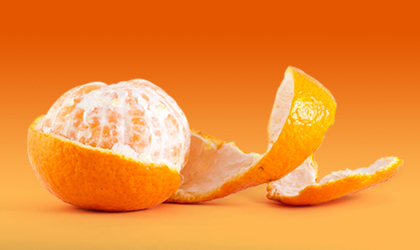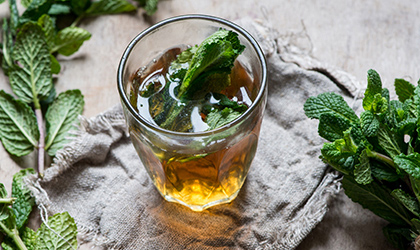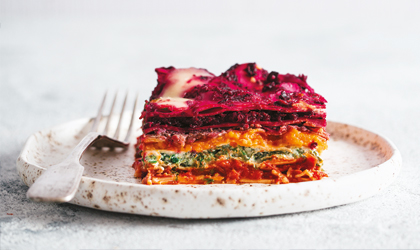
What is Red clover?
Red clover is herbaceous flowering plant botanically named trifolium pratense. It is planted and naturalised in many parts of the world; you may even see some growing in grassy areas near to where you live. It is commonly cultivated for animal fodder, green manure and because it attracts pollinators such as bumblebees. The flowers and leaves of the plant are both edible and the plant has a history of used in Indian traditional herbal medicine.
What is red clover commonly used for?
Red clover contains isoflavones, which are a type of phytoestrogen, with a similar makeup to the female hormone oestrogen. Isoflavones are popular with women around the time of menopause.
Why don’t we sell red clover?
Detailed safety studies have not been conducted into the use of red clover supplements in menopausal women. In addition, the plant has shown blood thinning effects and may interfere with certain prescription medicines.
What are the alternatives?
Soya is another source of isoflavones which is popular with women approaching or going through the menopause. Unlike red clover soya is commonplace in modern diets and is well tolerated. There is also some evidence of soya isoflavones supporting bone health too.
Need FREE confidential nutrition advice? Contact our Nutrition Advice Team by clicking here.
Further reading… why not browse our Blog articles to find out more about how to support a healthy lifestyle.
You Might Also Like

Keri
Keri Filtness has worked in the Nutrition Industry for 19 years. She is regularly called upon for her professional comments on health and nutrition related news. Her opinions have been featured by BBC3, Prima, Vitality, The Mirror, Woman’s Own and Cycling Weekly, amongst others. She has also worked one to one with journalists, analysing their diets and health concerns and recommending changes and additions, where appropriate.
View More



